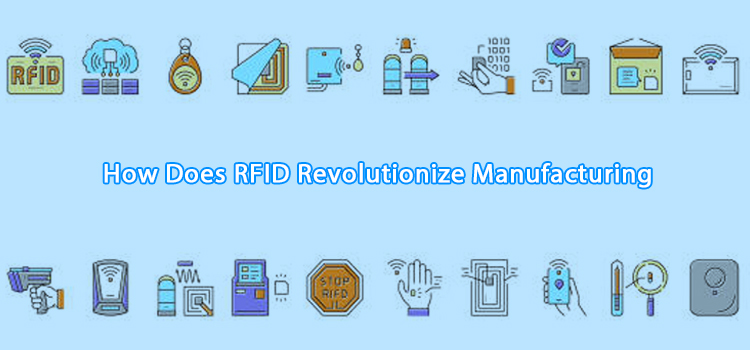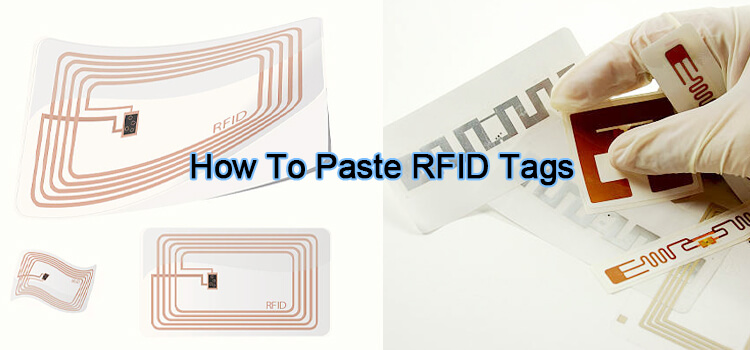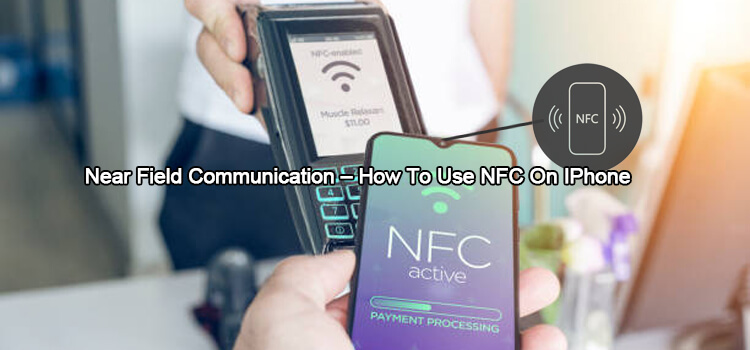Technology advancements have allowed rapid improvements in RFID (radio frequency identification) animal tracking and identification. This technology is becoming increasingly affordable and miniaturized, making it ideal for a wide range of applications in animal husbandry, wildlife management, and biomedical research.
RFID animal tags can be implanted subcutaneously, intramuscularly, or intraperitoneally in small animals. The tags can also be attached to the outside of larger animals.
What is RFID Technology for Animal Tracking?
RFID is an acronym for Radio Frequency Identification. It is a technology that has revolutionized the tracking of animals & objects.
It uses electromagnetic fields/ radio waves to identify and track tags attached to objects. The RFID Animal tags contain electronically stored information that is used for identification.
How Does RFID Work?
RFID technology uses electromagnetic fields for communication between a tag and a reader.
The Animal tag is an integrated circuit (IC) that stores information about the animal it is attached to. The reader is a device that emits radio waves and can read the tag’s IC.
When the reader emits radio waves, they create an electromagnetic field. The tag uses this field to power itself up and communicates with the reader.
The tag sends the information stored in its IC to the reader. The reader then decodes the information and displays it on a screen or computer.
Components of an RFID Animal Tracking & Identification System
An RFID system comprises three main components, including:
RFID Tags
An RFID tag is a small chip that comprises electronically stored information. A tag has several components, including:
- A Microchip. This is the most important component of the tag. It stores information about the animal, such as its ID number, date of birth, and medical history. It comes in different memory capacities. The larger the capacity, the more information it can store and the more expensive it is.
- An Antenna. This component transmits the information stored on the microchip to the reader. The antenna can be made of different materials, such as silver, copper, or aluminum.
- Substrate. This is the material that holds the microchip and the antenna together. It can be made of different materials, such as PVC, ABS, or PET.
In case you choose an active RFID tag, it will also have a battery. This provides power to the tag, allowing it to transmit information over long distances.
RFID Readers
An RFID reader is a device that emits radio waves and can read the tag’s IC. It has several components, including:
- A Radiofrequency Emitter. This component emits radio waves that create an electromagnetic field.
- A Decoder. This component decodes the information received from the tag and displays it on a screen or computer.
- An Antenna. This component receives the signal from the tag and sends it to the decoder.
- Cables. These connect the reader to a power source and a computer.
You can also choose between two main types of RFID readers, including:
- Handheld Readers. These are portable devices that can be carried around and used to read tags. They are ideal when using passive RFID tags to track animals over a short distance.
- Fixed Readers. These are larger devices usually installed in one place, such as a doorway or gate. They are ideal when using active RFID tags to track animals over a long distance. They are more expensive than handheld readers but can be used for multiple purposes. You can place them at strategic locations to track the location of animals in real-time.
The reader you choose will depend on your needs and budget. If you need to track wild animals, you will need a reader that can be carried around in the field. If you need to track animals in a zoo or farm, you can choose a fixed reader.
RFID Software
RFID software is a program that stores and manages the information collected by the RFID system. It can be used to track the location of animals, monitor their health, and keep track of their movements. The software can also be used to generate reports and alerts.
The type of software you need will depend on the size of your operation and the type of information you need to collect. If you only need to track a few animals, you can use a simple software program. If you need to track hundreds or thousands of animals, you will need a more complex software program.
You can choose from a variety of RFID software programs, including:
- Animal Tracking Software. This type of software is designed to track the location of animals. It can be used to monitor their movements and generate reports.
- Farm Management Software. This type of software helps you manage all aspects of a farm, including animal tracking, breeding, and health.
- Zoo Management Software. This type of software is ideal for veterinary officers. It helps them manage all aspects of a zoo, including animal tracking, enrichment, and veterinary care.
The software you choose should be able to grow with your operation. If you only need to track a few animals now but plan to expand in the future, choose software that can be expanded to accommodate more animals.
Benefits of Using RFID for Animal Tracking
Why should you use RFID for animal tracking? There are many benefits, including:
- Accurate Records Keeping. RFID systems can automatically track the location of animals and generate reports. This can help you keep accurate records of their movements and whereabouts.
- Improved Animal Welfare. RFID systems can be used to monitor the health of animals and ensure they are receiving the proper care. You can access vaccination, medical, and feeding records in real-time.
- Reduced Operational Cost. When using RFID for animal tracking & management, you can eliminate the need for manual data entry. This can save lots of time and consequently money.
- Improved Security. RFID systems can be used to track the movement of animals and ensure they are not stolen or lost. If any animal moves out of its designated area, you will be alerted.
- Greater Efficiency. RFID systems can help you track the location of animals in real-time. This can help you make better decisions about their care and management.
As you can see, there are many benefits to using RFID for animal tracking. If you are looking for a way to improve the efficiency of your operation, RFID is a great solution.
How to Implement RFID for Animal Tracking
If you are ready to implement RFID for animal tracking, there are a few things you need to do:
- Choose the right RFID system for your needs.It is crucial to choose an RFID system that is right for your operation. If you’re not sure which system to choose, consult with an RFID expert.
- Train your staff. Once you have chosen an RFID system, it is important to train your staff on how to use it. They should be familiar with the software and how to operate the readers. This will eliminate all instances of user error.
- Install the RFID System. After choosing the RFID system and training your staff, you are ready to install it. The installation process will vary depending on the type of system you choose.
- Test the system. Once you have installed the RFID system, it is important to test it to ensure it is working properly. This includes testing the software, readers, and tags.
- Go live with the system. After you have tested the RFID system and it is working properly, you can go live with it. This means you will start using it to track the location of your animals.
- Evaluate the results. After you have used the RFID system for a while, you should evaluate the results. This will help you determine if it is working adequately and if any areas need improvement.
As you can see, there are a few steps you need to take when implementing RFID for animal tracking. By following these steps, you can ensure a successful implementation.
Tips on Selecting the Best RFID Animal Management System
When choosing an RFID animal management system, there are a few things you need to keep in mind. Here are some tips to help you choose the best system for your needs:
- Make sure the system is expandable. As your zoo grows, you will need to add more animals. As such, it is important to choose an RFID system that can be expanded to accommodate more animals.
- Choose a system that is easy to use. You don’t want your staff to waste time trying to figure out how to use the system. As such, choose one that is user-friendly and easy to use.
- Choose a system that is compatible with your existing software. If you already have a Zoo Management System (ZMS), you will want to choose an RFID system that is compatible with it. This will make the transition smoother and eliminate any headaches.
- Choose a cost-effective system. You don’t want to spend a fortune on an RFID system. As such, choose one that is cost-effective and will meet your needs.
- Work with an experienced RFID provider. When choosing an RFID system, we recommend that you work with an experienced provider. They will be able to help you choose the right system for your needs and ensure a successful implementation.
By following these tips, you can be sure to choose the best RFID animal management system for your needs.




